Greens
-
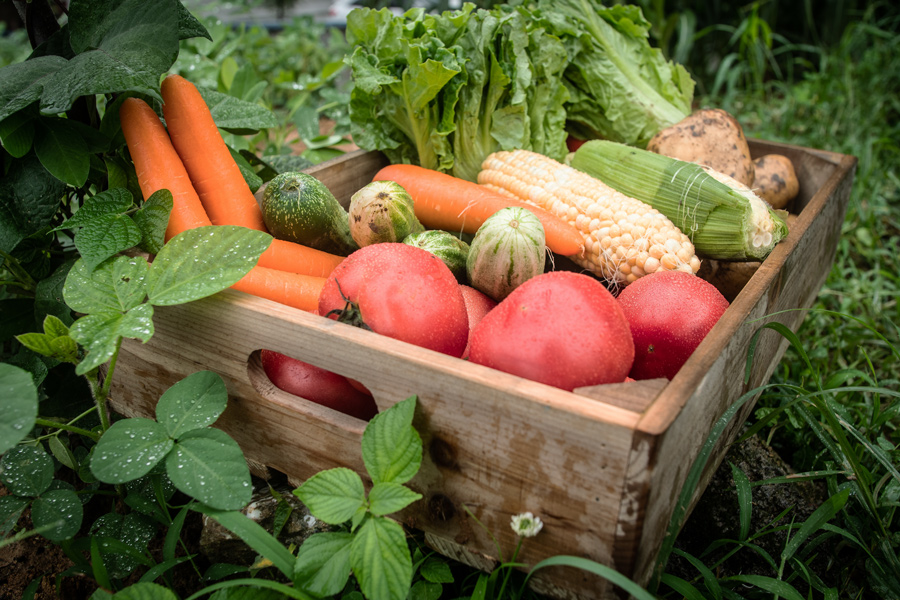
This publication lists vegetable variety recommendations for the state of Georgia. Most of these varieties have been trialed and grown successfully in the state. These are not the only varieties that can grow well in Georgia but provide new gardeners with a starting point to increase their chances of success. Gardeners may need to search print catalogs and online to find the vegetables they are looking for, as local garden centers may not always carry the varieties listed here.
Bob Westerfield
|
-
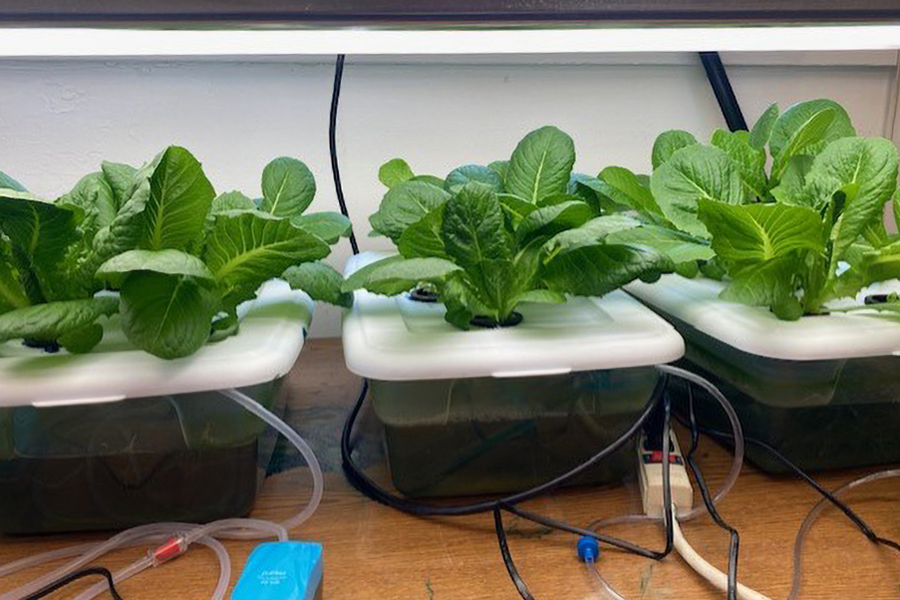
Important considerations for starting a small hydroponic operation at your home or an urban garden site.
Bob Westerfield and Whitney Ottinger
|
-
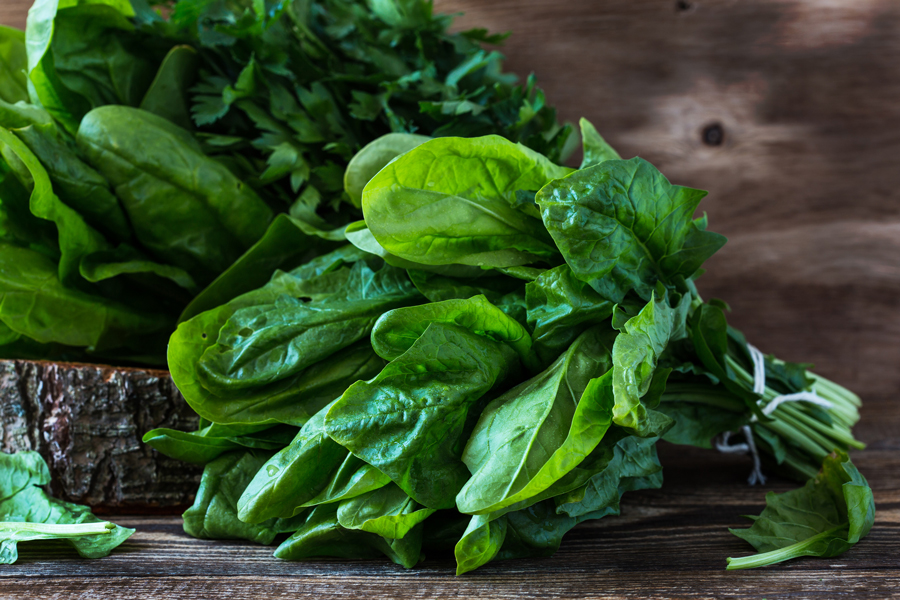
Spinach (Spinacia oleracea) is an important nutrient-dense leafy green, and its annual per capita consumption has significantly increased over the past decades. Spinach production in Georgia has experienced significant growth in the last few years, with over $400M in annual value, ranked first among all the other leafy green crops. Field spinach production is labor intensive, and the cost of weed management, harvest, and post-harvest accounts for 56% of the production cost. With the advantages of controlled environment agriculture in reducing labor costs and increasing production value with an extended growing cycle, hydroponic spinach has been gradually accepted and planted on a large scale.
Spinach is a cool season crop typically seeded during early spring or early fall. Summer season is often skipped because of pressure from insects, diseases, and weeds. Additionally, the optimal temperature for spinach seed germination is 65-70°F (18-21°C), and for spinach growth is 60-77°F (15-25°C). However, there is the possibility to grow spinach during summer in the greenhouse using a deep water culture hydroponics system that can minimize these pressures by focusing on heat-tolerant cultivar selection, germination improvement, and optimal hydroponic system implementation.
Rhuanito Soranz Ferrarezi and Kuan Qin
|
-
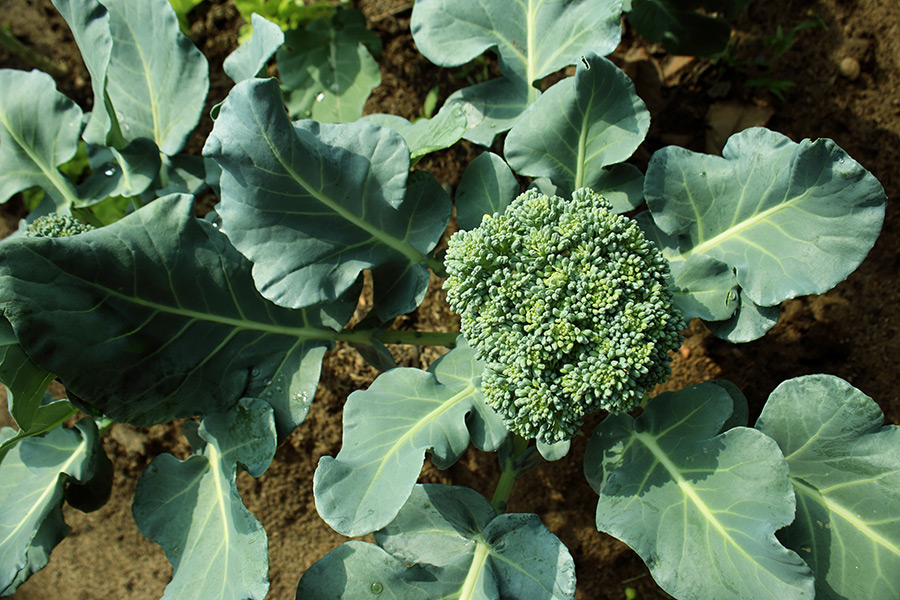
C 1258
Fall Vegetable Gardening
This publication covers fall vegetable production including planting dates, spacing, general culture of cool-season vegetables planted in Georgia in the fall. Many people consider the end of summer to be the end of gardening season. However, there is a whole other world of vegetables that can be planted in the fall garden in Georgia. Temperatures are milder, and there generally are fewer insects and diseases to contend with when planting in the fall. Cool-season vegetables are ironically planted in the late-summer heat, but thrive as they mature during cooler temperatures as the season progresses. Whether you choose to plant only a cover crop or to try your hand at some cool-season vegetables, planting for the fall growing season will keep your garden productive all year long.
Bob Westerfield
|
-
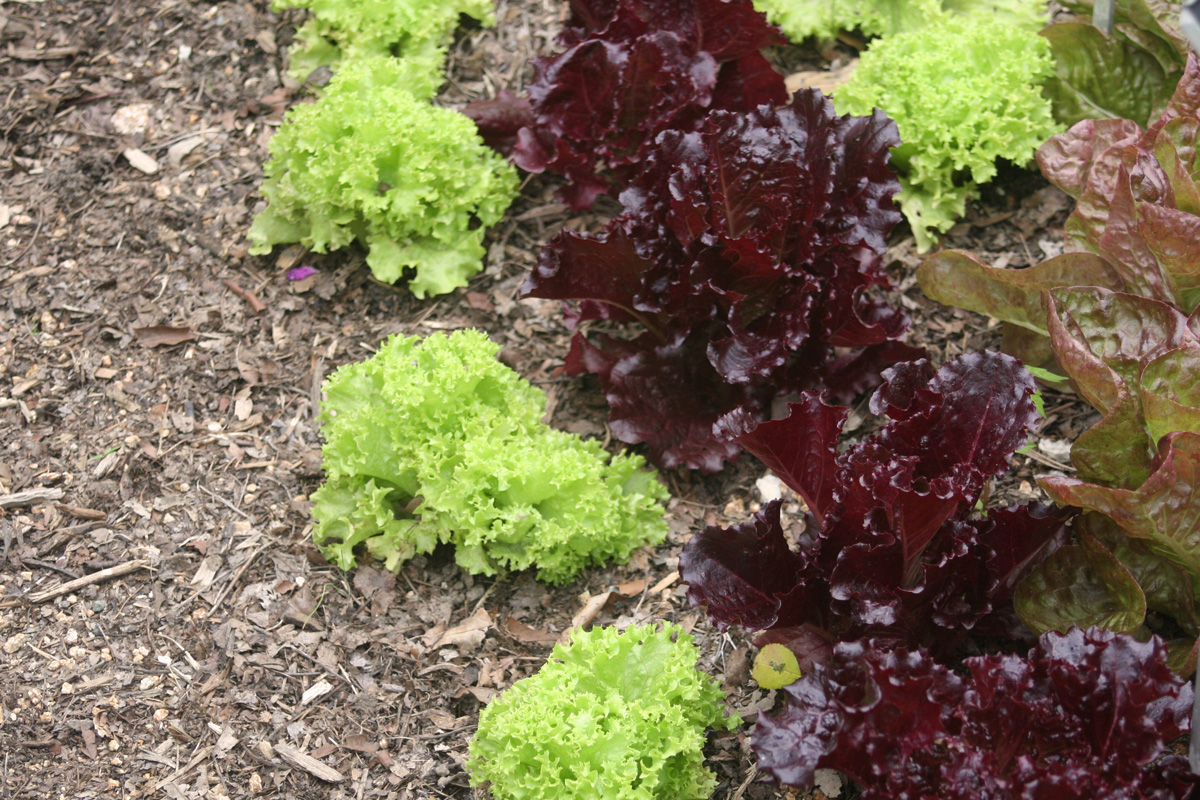
C 1018
Home Garden Lettuce
Use this resource to learn how to grow lettuce, a cool-season vegetable that can be planted in early fall or early spring in Georgia.
Bob Westerfield
|
-
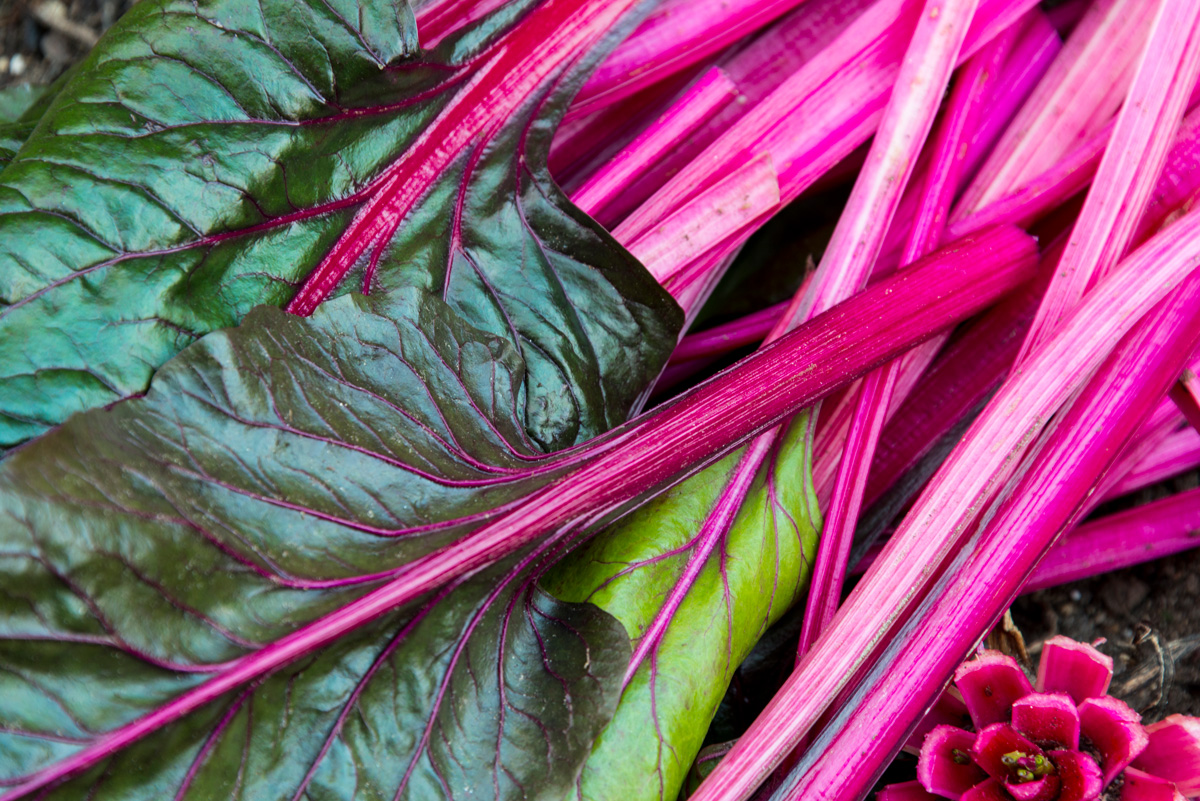
C 1039
Home Garden Swiss Chard
Learn how to grow Swiss chard in the home garden, including soil preparation, planting, culture and fertilization, harvesting, storing, and using Swiss chard, plus problems you might encounter and a list of suggested varieties.
Bob Westerfield and Malgorzata Florkowska
|
-

The 11 topics covered in this publication are all integral parts of a successful cabbage/leafy greens management program. Each topic focuses on a particular aspect of production and provides information on the latest management technology for that phase of production. It is hoped that the information contained in this publication will assist growers in improving profitability.
Timothy Coolong and Ted McAvoy
|
-

This publication is a report of research and Cooperative Extension trials conducted on cole crops, beans and peas, sweet corn, cucurbits, peppers, and tomato at the University of Georgia College of Agricultural and Environmental Sciences.
Timothy Coolong
|